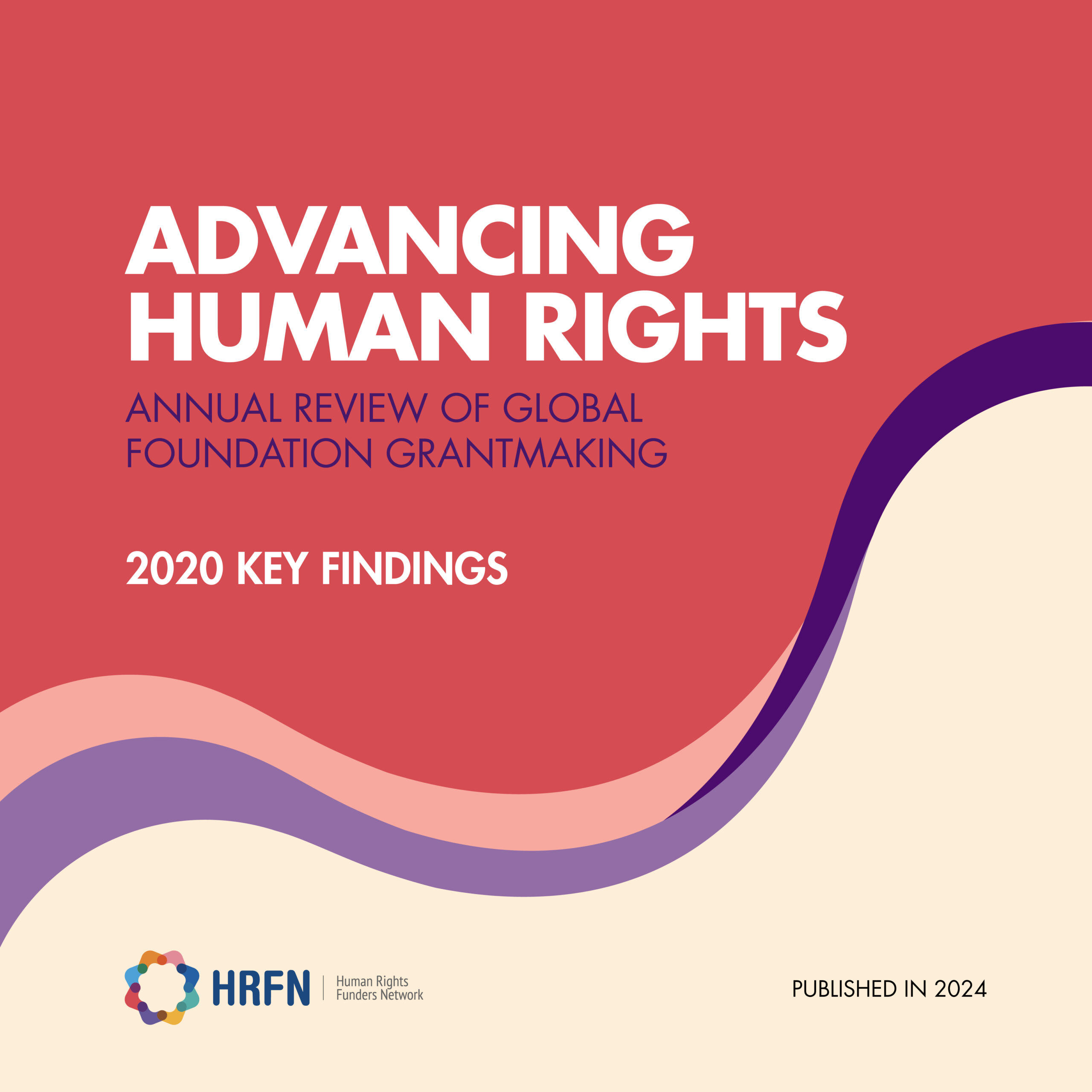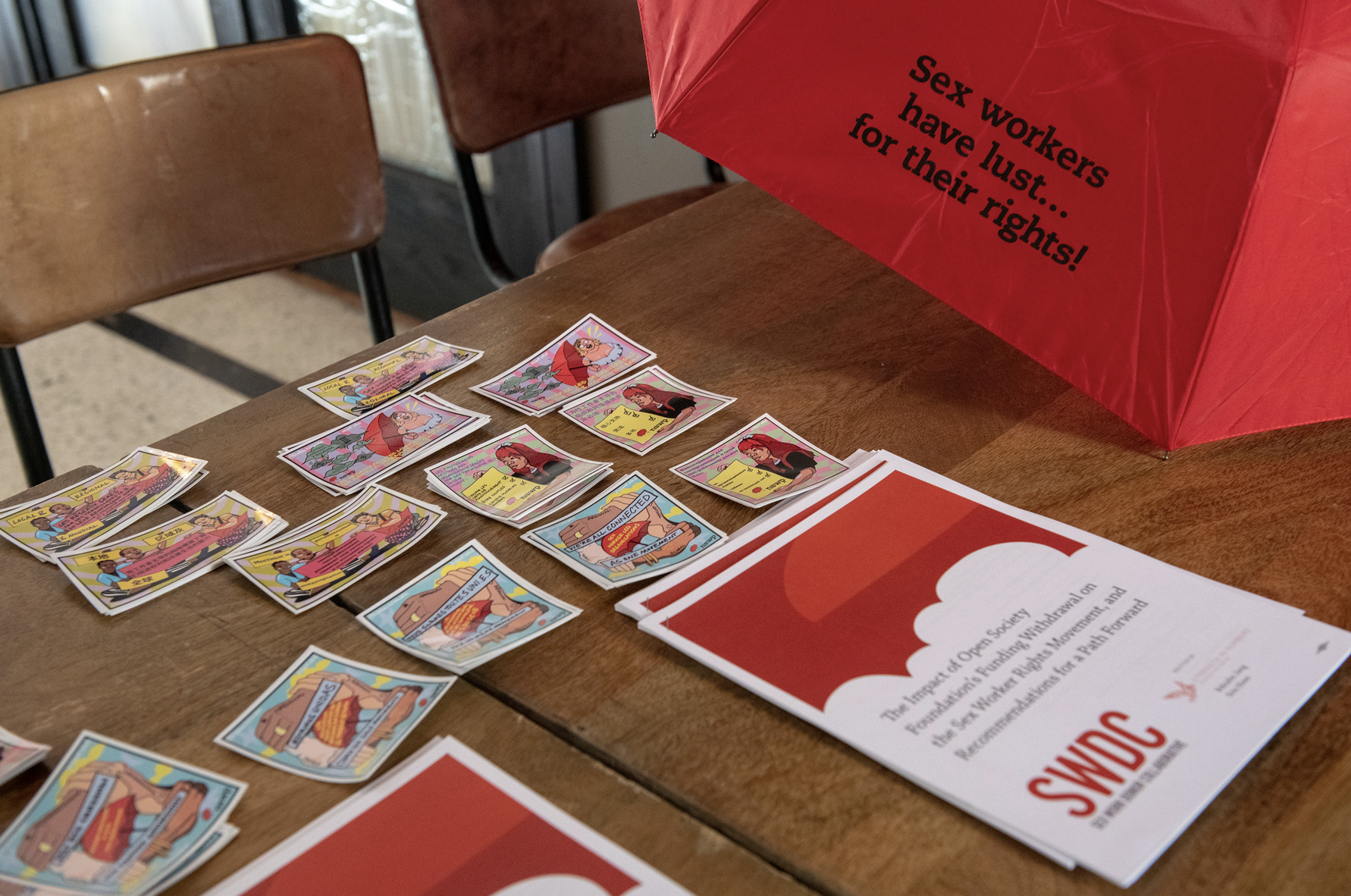By Rachel Thomas, Director of Research Initiatives at Human Rights Funders Network
Twenty percent of the human rights funding captured in our five-year trends analysis targets children and youth. This is considerably more funding than any other population we track receives, with the exception of women and girls (23%). However, advocates say the funding share is disproportionate to the amount of attention the human rights community gives children and youth. Ghazal Keshavarzian, director of Elevate Children Funders Group, explains: “While other groups are spotlighted in global human rights conversations, children’s issues are deemed more ‘charity than rights’ so are often completely ignored.”
Yet, children’s rights are an integral part of the human rights framework. Children’s rights were codified in 1989 through the United Nations Convention on the Rights of the Child, which established global standards to ensure the protection, survival, and development of all children. Ghazal stresses that children and youth rights shouldn’t be thought of as something separate from broader human rights issues because the interests are intertwined. “Just like the LGBTQI community or indigenous peoples,” she explains, “child and youth rights activists can be allies in addressing concerns like closing civic space, gender identity and equity, and violence.”
Funders working to promote the rights of children and youth know that the investments pay dividends. When children experience violence and other abuse, it can lead to severe developmental and psychosocial impacts that continue well into adulthood and have serious emotional and economic costs. Programs that prevent abuse and promote rights among children can have an intergenerational transformative impact as more children experience and believe in human rights. “Those of us who work on children and youth have a responsibility to find ways to explain the relative importance of children and youth funding to the whole human rights field,” asserts one funder of global initiatives supporting children’s rights.
Elevate Children thinks a lot about how to galvanize more funding for children and youth and ensure the money is well spent – which includes being grounded in human rights. For example, a sexual education program for youth could be either coercive or empowering in its design; a maternal health program targeting young mothers may only distribute prenatal vitamins or also teach positive parenting. Funders need a shared understanding of what constitutes a human rights approach to grantmaking – including meaningful participation of the target population – so they can incorporate these principles in their funding strategies. Though we don’t know how much funding is going to organizations that include children and youth in their decision making, the data suggest funders are supporting more grassroots work which rights advocates find encouraging: between 2011 and 2015, the proportion of grants under $5,000 increased steadily from 11% to 16%.
The funding trends raise additional questions: What factors motivate funders to give more money for children and youth? What is the funding breakdown by age and gender and how do the priorities vary for these subsets? Elevate Children is launching a mapping project this summer to dig deeper into these questions and more. For now, we hope this data sparks dialogue.
—
The Advancing Human Rights initiative tracks the evolving state of global human rights grantmaking. It is a collaboration between Human Rights Funders Network and Foundation Center, in partnership with Ariadne and Prospera, and maps the issues addressed, funding strategies used, and populations and regions served. The goal is to give funders and advocates the information they need to inform their decisions and increase their effectiveness.
Between 2011 and 2015, we collected data on almost 100,000 human rights grants from 1,193 funders in 114 countries. We recently released our first-ever trends analysis based on a subset of 561 funders who shared data all five years. In this Data in Dialogue series we take a closer look at the regions and populations to put funding trends in context and consider their implications.



